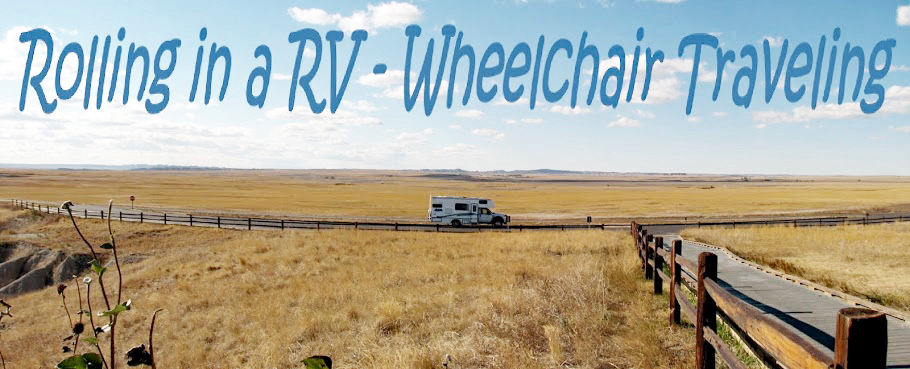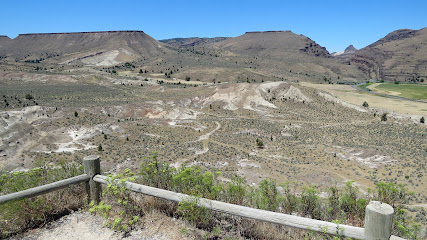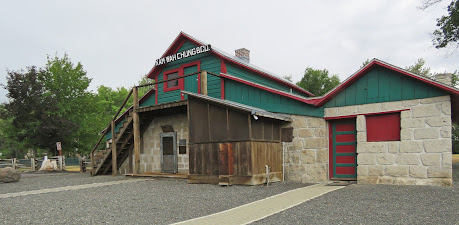The quest for gold drew Chinese men to the John Day area. Several 100 settled in a crowded community on the western edge of town including two friends, Ing "Doc" Hay and Lung On, who arrived in 1888 and set up shop in a rambling structure that was originally built in the1860s as trading post and stage coach stop. Lung On operated a general store in the building and "Doc" Hay was a practitioner of herbal medicine. The two men stayed on even after the miners left and after most of the buildings in the Chinese community were destroyed by fire.
"Doc" Hay and Lung On became very successful. Doc Hay was well respected by both the local Chinese and non-Chinese communities and people came from all over Oregon to be treated. Lung On invested in timber, mining, rental properties, and opened a car dealership in John Day.
Lung On died in 1940 then in 1948 "Doc" Hay broke his hip. He locked the store before going to a hospital in Portland. He thought he would be back in a few weeks but never recovered enough to return and died 1952. The building was untouched until 1967 when a local councilman began a campaign to make it into a museum.
This place is so cool. The contents of the building are almost exactly the same as when it was closed in 1948. Nothing has been added and very few things have been removed.


































.jpg)

















